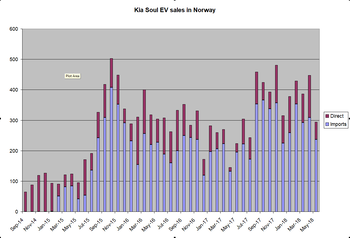-
Am still waiting to hear from Kia about when I can take my car in to get the battery replaced.
I am still driving the car as normal.
-
In the Torque codes we use to measure the SOH I have two different calculations for measuring the SOH.
The original version uses the average of MIN and MAX deterioration values.
This works well when the battery is in good health. ( But only slightly better than the other version.)
But fails completely when the battery goes 'bad'.
The 'new' version ignores the MIN deterioration values.
This version works well in all cases.
I suggest users prefer this version at all times.
-
Here's the MIN and MAX deterioration values graphed over the last 4 months for my car that is waiting to get the battery replaced.
The MIN deterioration value is chaotic and trending down. It cannot be used in any calculation that makes sense.
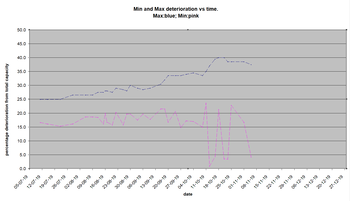
-
For various reasons I am no longer going to collect and publish the data from cars other than my own on this thread.
The 20 cars I had monitored were all doing well, and it seemed like the batteries would last a long time.
But it has become obvious that a very substantial number of other cars are requiring replacement batteries under warranty.
The subset of drivers that measured their battery data from the start is clearly unusual.
I believe Kia recognized the fact that many batteries were failing and would soon need replacement years ago.
It helps understand why Kia stopped selling EVs in the American market and focused almost entirely on Norway.
Norway - the one place where climate and driving conditions mean a substantial number of battery packs will survive.
-





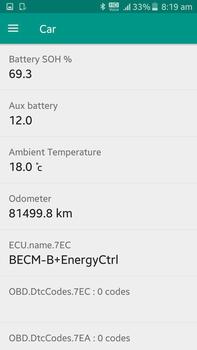
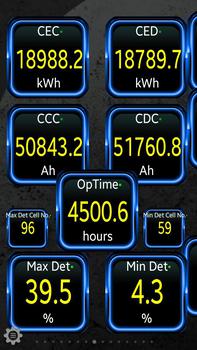
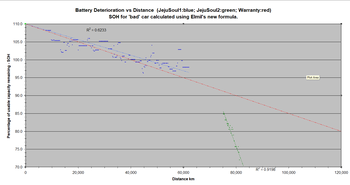

![300W Car Power Inverter 12V to 110V,PiSFAU DC to AC Car Plug Adapter Outlet with Multi USB[24W USB-C] /USB-Fast Charger(24W) Car Inverter,Car Charger for Laptop Vehicles Road Trip Essentials](https://m.media-amazon.com/images/I/41-KedJShYL._SL500_.jpg)







































